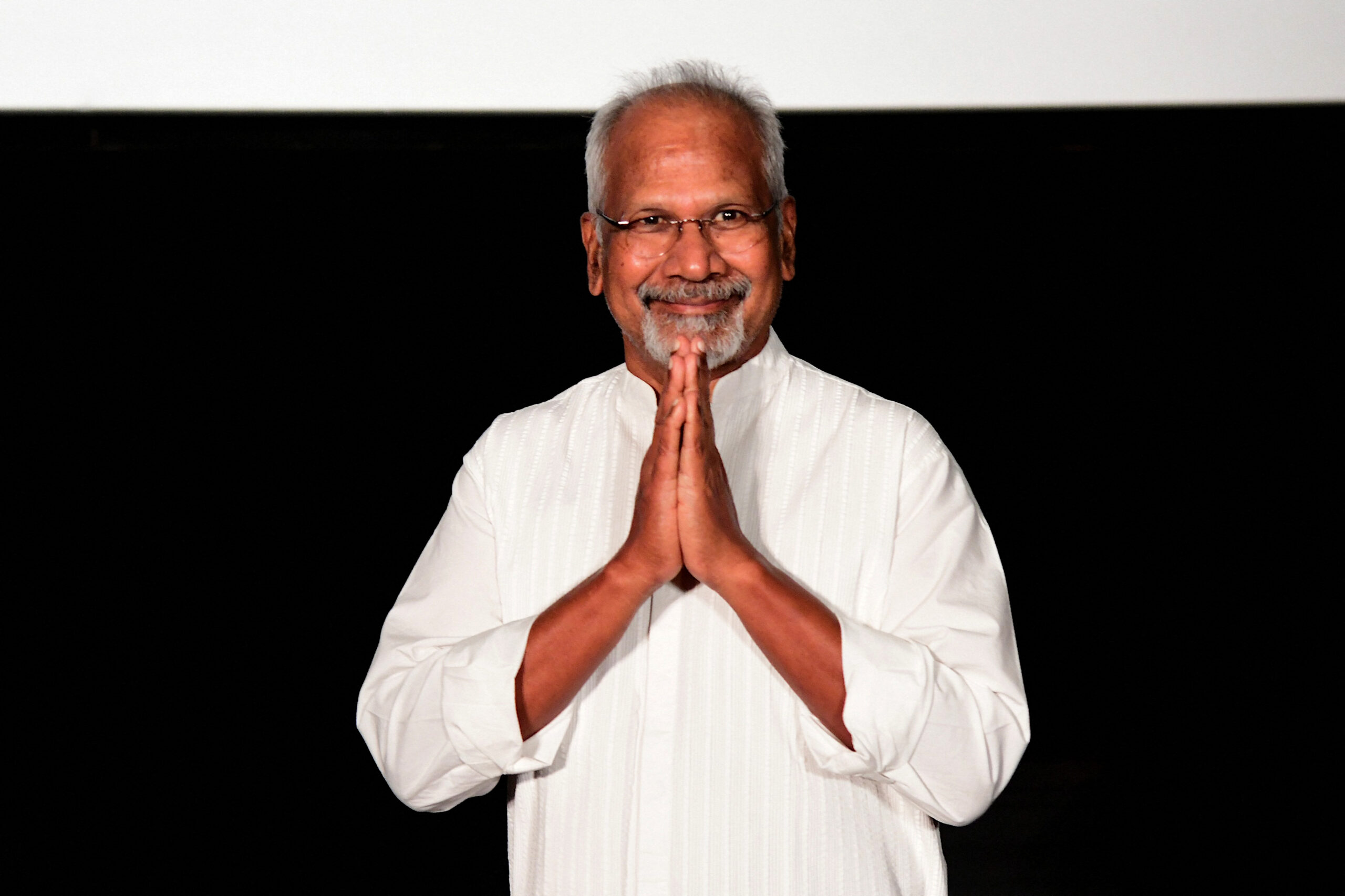- Saturday, November 23, 2024
The veteran filmmaker admitted that long-format storytelling for web series doesn’t come naturally to him, and he is “happy struggling with 2.5 hours (of runtime in films)”

By: India Weekly
FILMMAKER Mani Ratnam reflected on his career’s recurring themes of mythology and literature during a session at the International Film Festival of India (IFFI) in Goa.
“Mythology is relevant even today. We can interpret it today, we can relate to it in today’s day and time in our issues and problems that continue to fascinate me,” he said, referencing works like Thalapathi and Ravanan.
Ratnam also highlighted the role of literature in elevating Indian cinema, citing his recent adaptation of Kalki Krishnamurthy’s “Ponniyin Selvan”.
“The fantastic solution is to take literature and make it into films. Tamil is really rich in terms of the literature… The closer the gap between literature and cinema, the better Indian cinema will be,” he said.
Addressing the use of visual effects (VFX) in modern filmmaking, Ratnam stated that he prefers shooting on real locations for authenticity. “I wanted dust, dirt, and sweat to be visible on people. Some people do it in VFX. If you’re happy with it, good luck to you. I feel VFX helps you when you can’t do it in real time. Not the other way around,” he said.
On the subject of web series, Ratnam admitted that long-format storytelling doesn’t come naturally to him. “I’m still very happy struggling with 2.5 hours (of runtime in films). If you give me 6-7 hours to make something, I’ll just get lost,” he explained, adding that he always envisioned “Ponniyin Selvan” as a full-feature film.
Ratnam also shared his admiration for Salman Rushdie’s “Victory City”, describing it as “stunning” and “like watching a film.”
Reflecting on his early exposure to South Indian art forms during his hostel days, he noted how performances like Kathakali often reinterpret mythological villains, a perspective that influenced his own work.
Known for films such as “Roja”, “Bombay”, and “Dil Se”, Ratnam emphasized his aspiration to create cinema that remains relevant over time. “Something that stays relevant for years to come. That’s what I strive for,” he said.